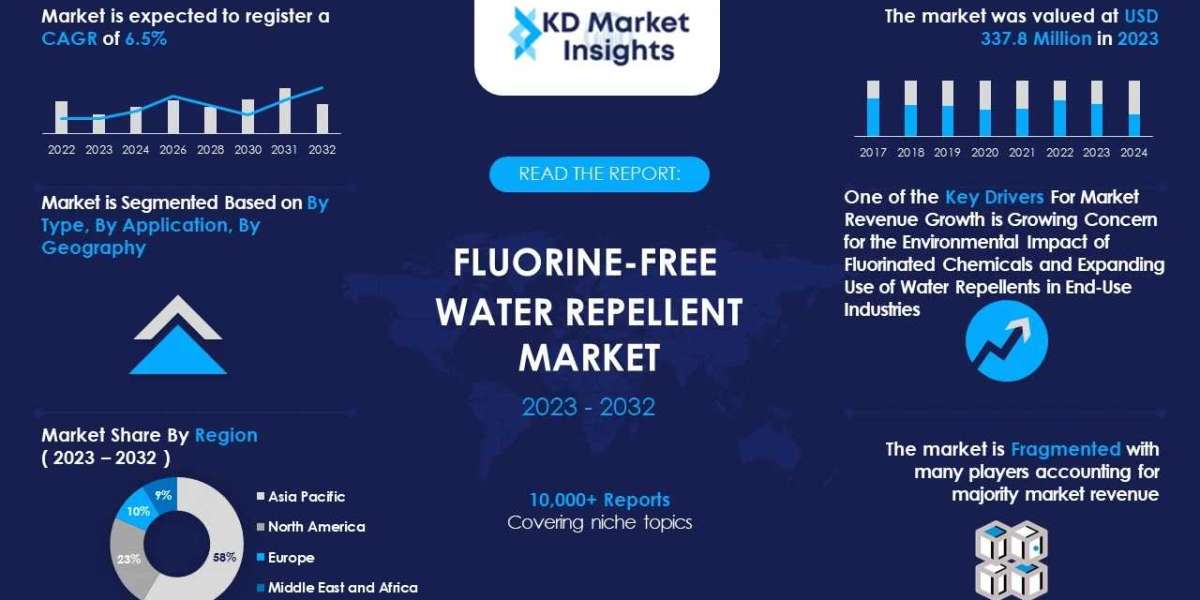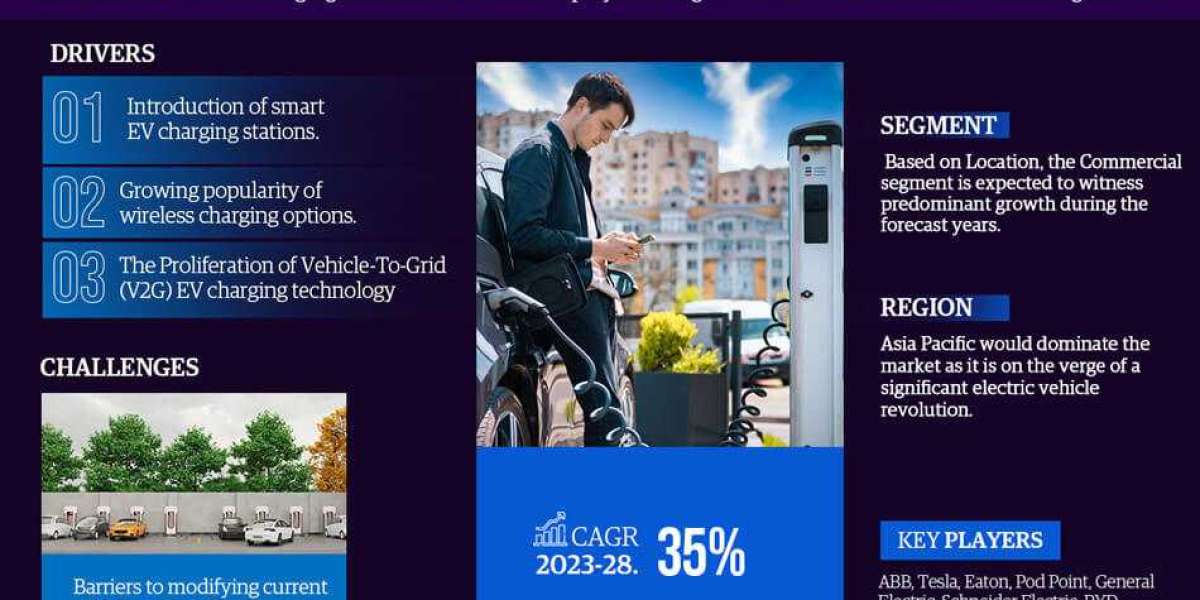Breaking Down Fluorine-Free Water Repellents: Benefits and Applications
In recent years, the market for fluorine-free water repellents has witnessed a significant surge in demand, driven by growing environmental concerns and regulatory pressures. Fluorine-free water repellents offer a compelling alternative to traditional fluorinated compounds, providing numerous benefits and finding applications across various industries. Let's delve into the world of fluorine-free water repellents, exploring their advantages and diverse applications.
Understanding Fluorine-Free Water Repellents
Fluorine-free water repellents are a class of coatings designed to impart water and oil resistance to surfaces without relying on fluorinated chemicals. Traditional water repellents often contain perfluorinated compounds (PFCs), such as perfluorooctanoic acid (PFOA) and perfluorooctane sulfonate (PFOS), which have raised environmental and health concerns due to their persistence and potential toxicity.
Fluorine-free alternatives address these concerns by using innovative formulations based on silicones, polymers, or natural compounds. These formulations offer comparable or superior water and oil repellency while being more environmentally friendly and safer for human health.
Benefits of Fluorine-Free Water Repellents
- Environmental Sustainability: One of the primary advantages of fluorine-free water repellents is their reduced environmental impact. Unlike PFCs, which are persistent and can accumulate in the environment, fluorine-free alternatives break down more readily, minimizing long-term ecological harm.
- Health and Safety: Fluorine-free water repellents eliminate exposure to potentially harmful fluorinated chemicals, promoting safer working conditions for workers involved in their production and application. Additionally, these coatings are less likely to release hazardous substances into the environment or indoor spaces.
- Regulatory Compliance: With increasing regulations and restrictions on the use of fluorinated compounds, especially in consumer products and textiles, fluorine-free water repellents offer a compliant solution that meets evolving regulatory standards.
- Performance and Durability: Modern fluorine-free formulations excel in performance metrics, providing excellent water and oil repellency, stain resistance, and durability. These coatings can be tailored to specific substrates and applications, ensuring optimal performance across diverse industries.
Applications Across Industries
The versatility of fluorine-free water repellents has led to their adoption in various industries, including:
- Textiles and Apparel: Clothing manufacturers are increasingly turning to fluorine-free water repellents to create water-resistant and stain-resistant fabrics without compromising on comfort or breathability. Outdoor apparel, sportswear, and protective garments benefit from these coatings, offering enhanced performance and sustainability.
- Construction and Building Materials: Fluorine-free water repellents are used to protect building materials such as concrete, stone, and wood from water damage, staining, and deterioration. These coatings improve the longevity and aesthetics of structures while promoting sustainability in construction practices.
- Automotive and Transportation: In the automotive sector, fluorine-free water repellents are applied to vehicle exteriors, glass surfaces, and interior fabrics to enhance water beading, visibility, and cleanliness. This technology contributes to safer driving conditions and reduces the need for frequent cleaning and maintenance.
- Consumer Electronics: Electronic devices and gadgets benefit from water-resistant coatings, especially in smartphones, tablets, and wearable tech. Fluorine-free formulations provide effective protection against moisture and spills, prolonging the lifespan of electronic products.
Conclusion
The fluorine-free water repellent market continues to expand as industries prioritize sustainability, regulatory compliance, and performance excellence. By embracing these innovative coatings, businesses can achieve water and oil repellency goals while upholding environmental responsibility and safeguarding human health. As research and development efforts advance, we can expect further advancements in fluorine-free technologies, driving a more sustainable and resilient future across industries.
Remember, when considering water repellent solutions, choosing fluorine-free options not only benefits your business but also contributes to a cleaner, safer planet for future generations.



